Controlling high blood pressure will save millions of lives
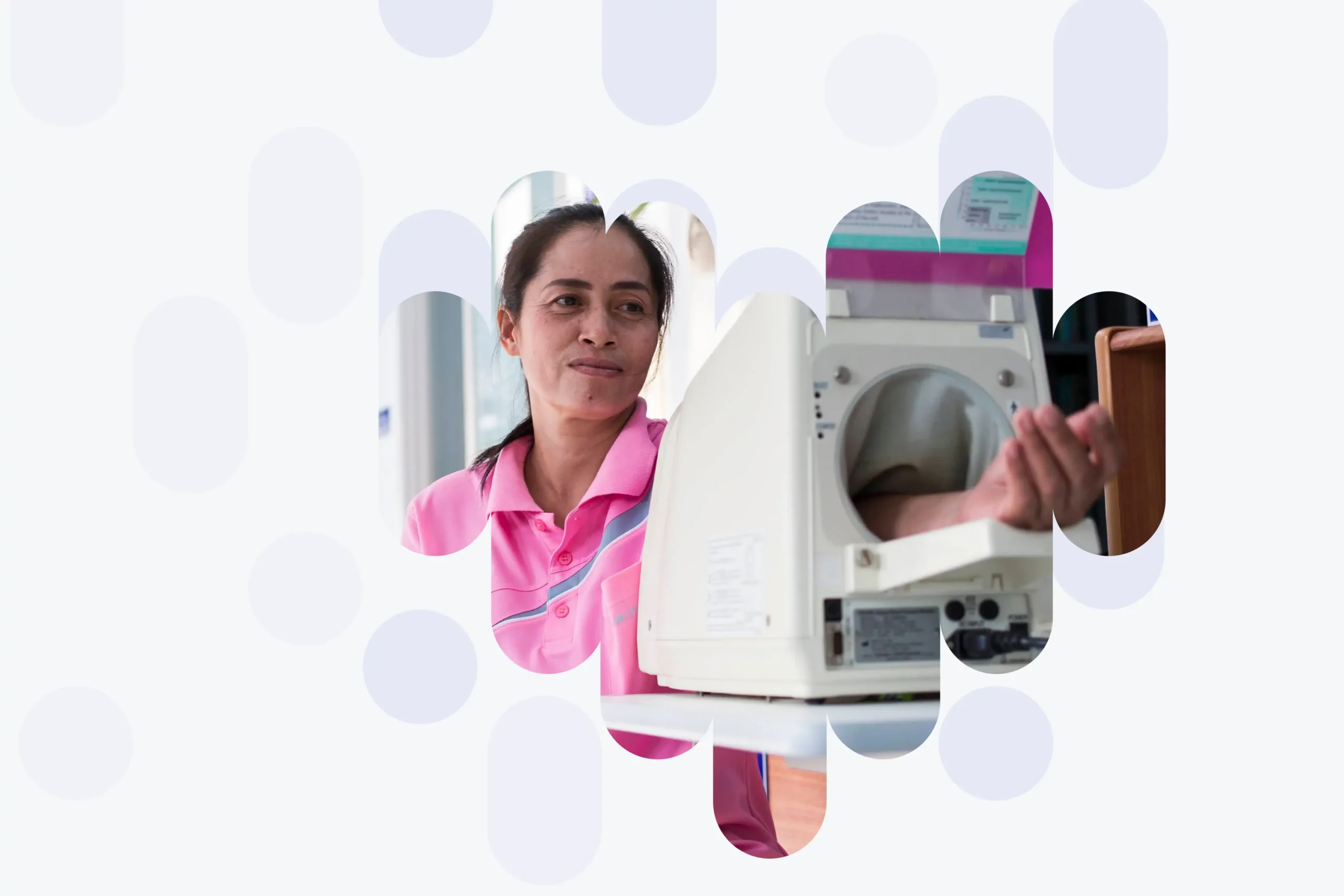
It's time
to go digital
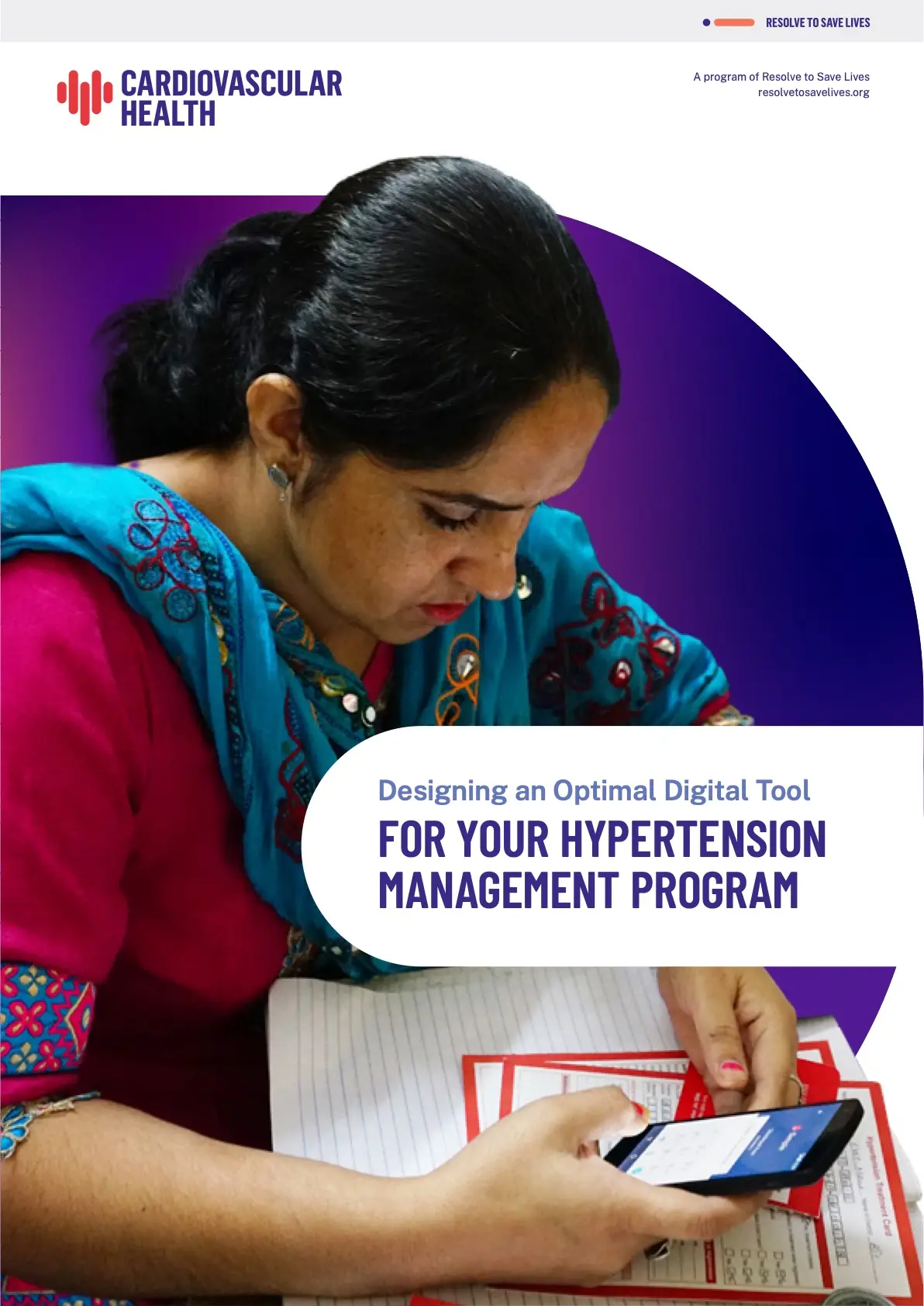
Design the best digital tool to support your hypertension (or other NCD) management program—with step-by-step guidance from the world’s leading experts.
1.3 BILLION PEOPLE
The number of people living with high blood pressure doubled in the past 30 years — to about 1.3 billion people.
10 MILLION DEAD
EACH YEAR
High blood pressure kills more than 10 million people every year — almost 20 people every minute.
46% UNDIAGNOSED
One in every three adults worldwide has high blood pressure, and almost half of them don’t know it.
90% AT RISK
In many low-and middle-income countries, 90% of people with high blood pressure or more don’t have it under control, putting them at serious risk for heart attack and stroke.
20% OF DEATHS
20% of the deaths caused by high blood pressure — 2 million every year — can be linked to a single culprit: eating too much salt.
BUT THERE'S GOOD NEWS
Treatment for high blood pressure is safe, simple and effective — it saves lives.
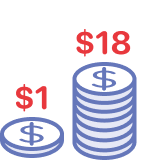
Treating high blood pressure is low-cost — for every dollar spent, 18 dollars can be saved.
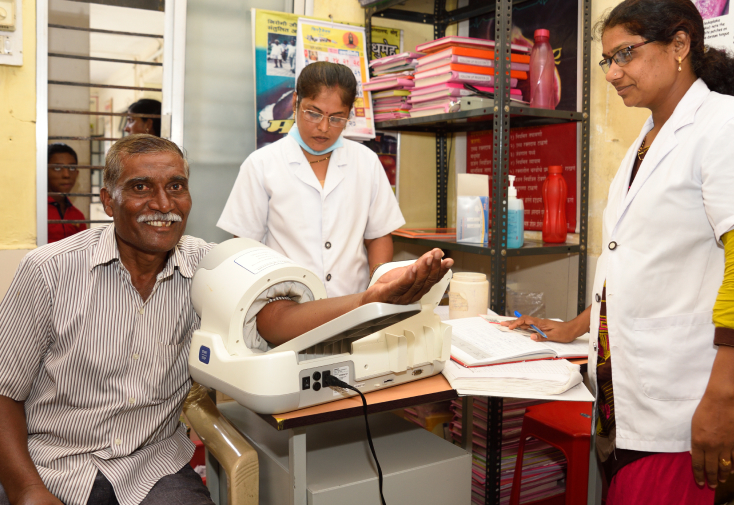
Is your country, district or program ready to take control of high blood pressure?
Our country partners are getting blood pressure under control
We work in
32
countries
(and counting)
facilities equipped to provide high-quality hypertension care
health care workers trained
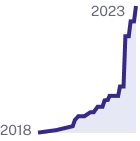
of patients with blood pressure under control within the last 3 months
To increase global blood pressure control from 14 to 50 percent. This would save millions of lives, including 640,000 people under age 70 every year.
HOW WE WORK
Our six step guide to scaling up a hypertension program and FAQ for clinicians treating hypertension highlight our five key strategies:
Simple, proven treatment protocols
Practical treatment protocols with specific medications, dosages and action steps for hypertension treatment streamline care and improve adherence.
See treatment protocol examples from Bangladesh, Sri Lanka, Nigeria and watch a short video on why protocols matter.
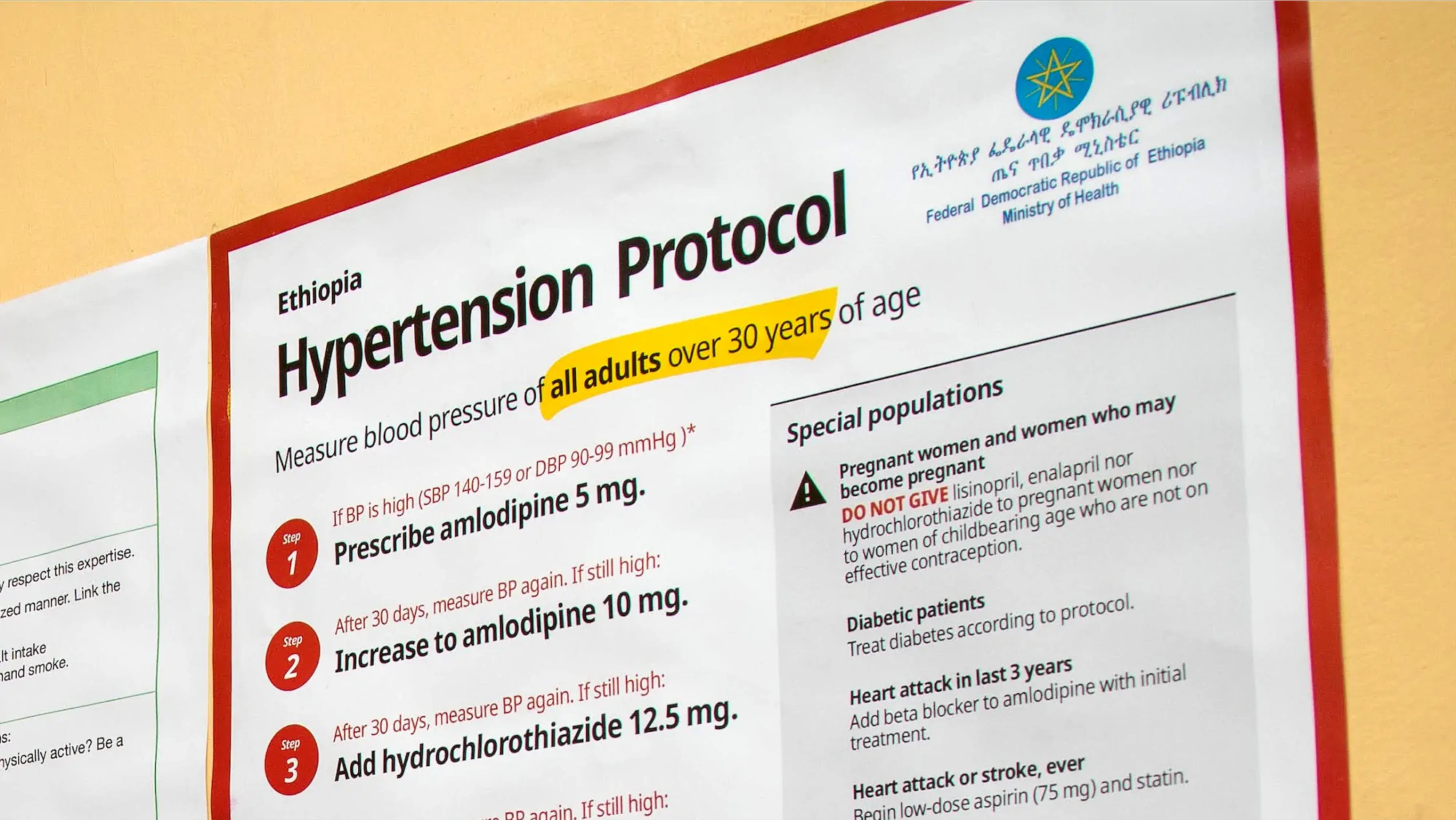
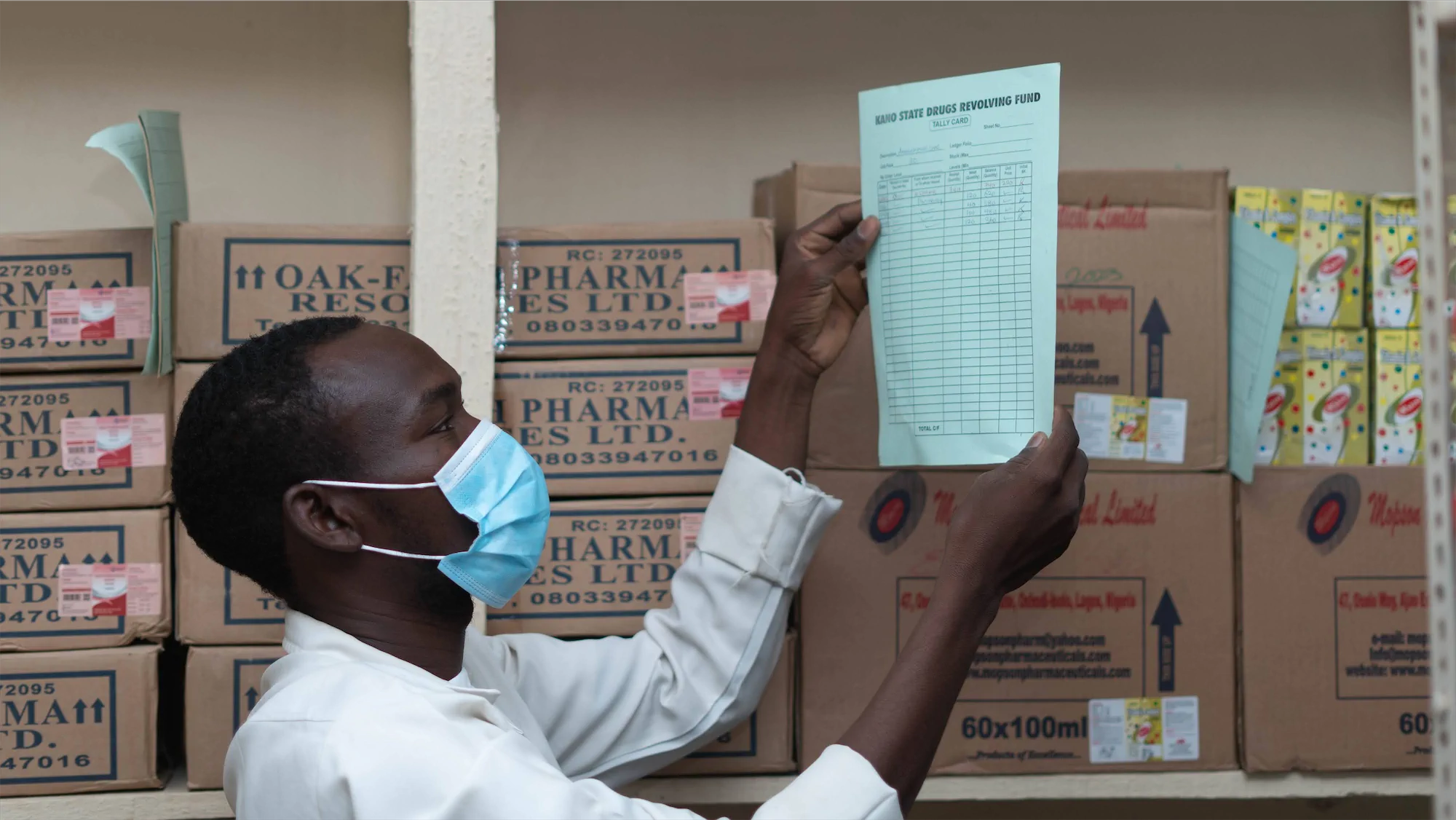
Access to quality, affordable hypertension medications
Regular, uninterrupted access to affordable and good quality medications is necessary for effective hypertension treatment. Our first-of-its-kind report identifies strategies to improve access to affordable blood pressure medicine in low- and middle-income countries.
Team-based care and task sharing
Patient outcomes improve when clinics expand the number of health workers who can manage hypertension according to simple protocols, and when treatment is available at the community level. Our team-based care guide can help program managers implement team-based care for hypertension at the primary care level.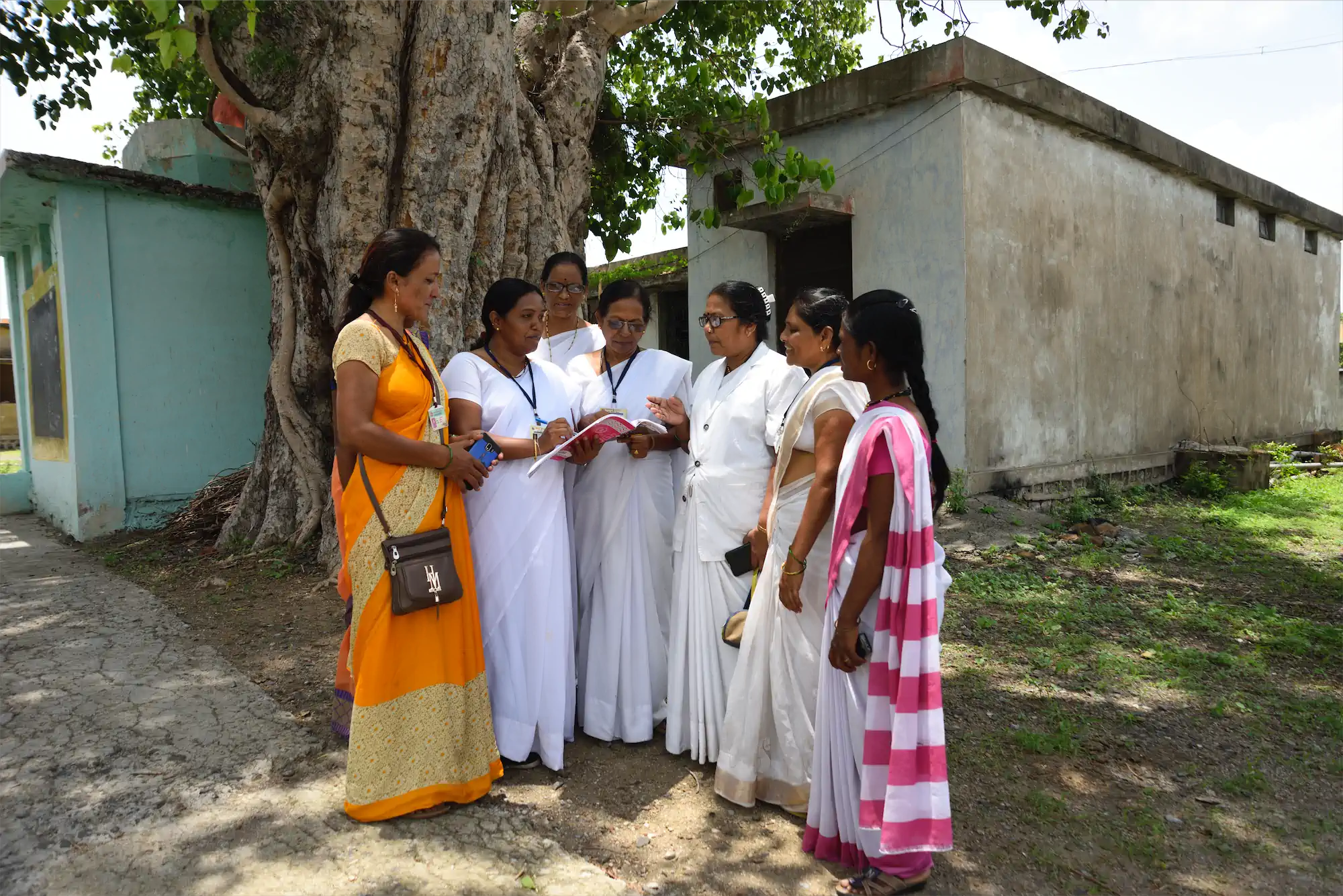

Patient-centered care
Patient-centered care can reduce the barriers to blood pressure control. Key strategies are to provide easy-to-take medication regimens, free or low-cost medications and follow-up visits and making blood pressure monitoring and medications readily available in the community near the patient’s home.
Information systems
We are leveraging innovative health information systems that allow for continuous, real-time patient and program monitoring. Simple, a user-friendly mobile application we developed alongside health care workers is a free, fast, open-source electronic health record that replaces paper records, making it faster and easier for providers to track patients’ blood pressure and medications.
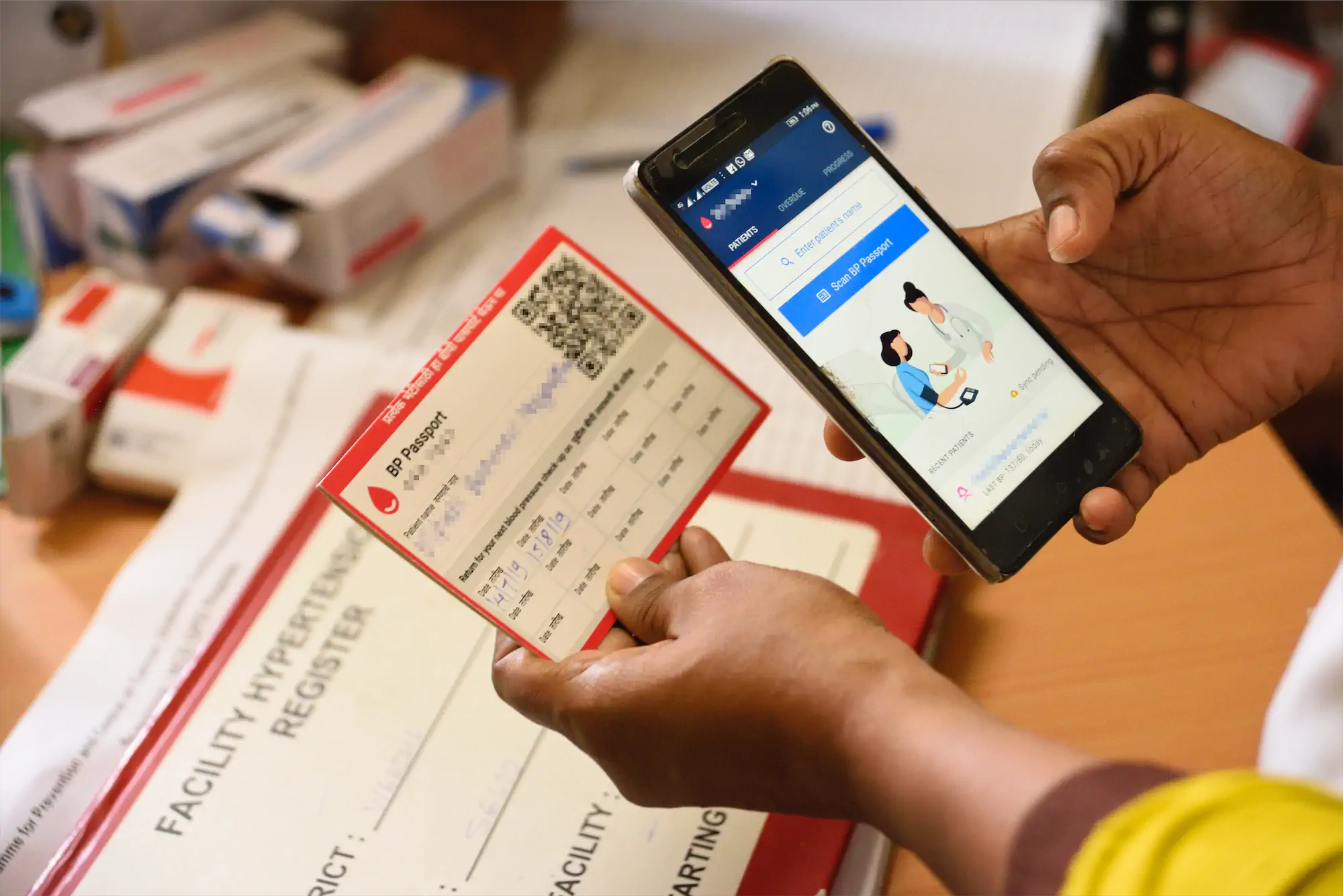
Tools to take action
Explore further in our Hypertension Control Resource LibraryOUR WORK IN ACTION
We partner to support the development and implementation of evidence-based hypertension control programs in Bangladesh, China, Ethiopia, India, Nigeria, the Philippines, Thailand, Sri Lanka and Vietnam, plus 22 countries in the PAHO (Latin America and the Caribbean) region.
More than 19 million people have received hypertension care and treatment in these programs since the launch of Resolve to Save Lives in 2017.
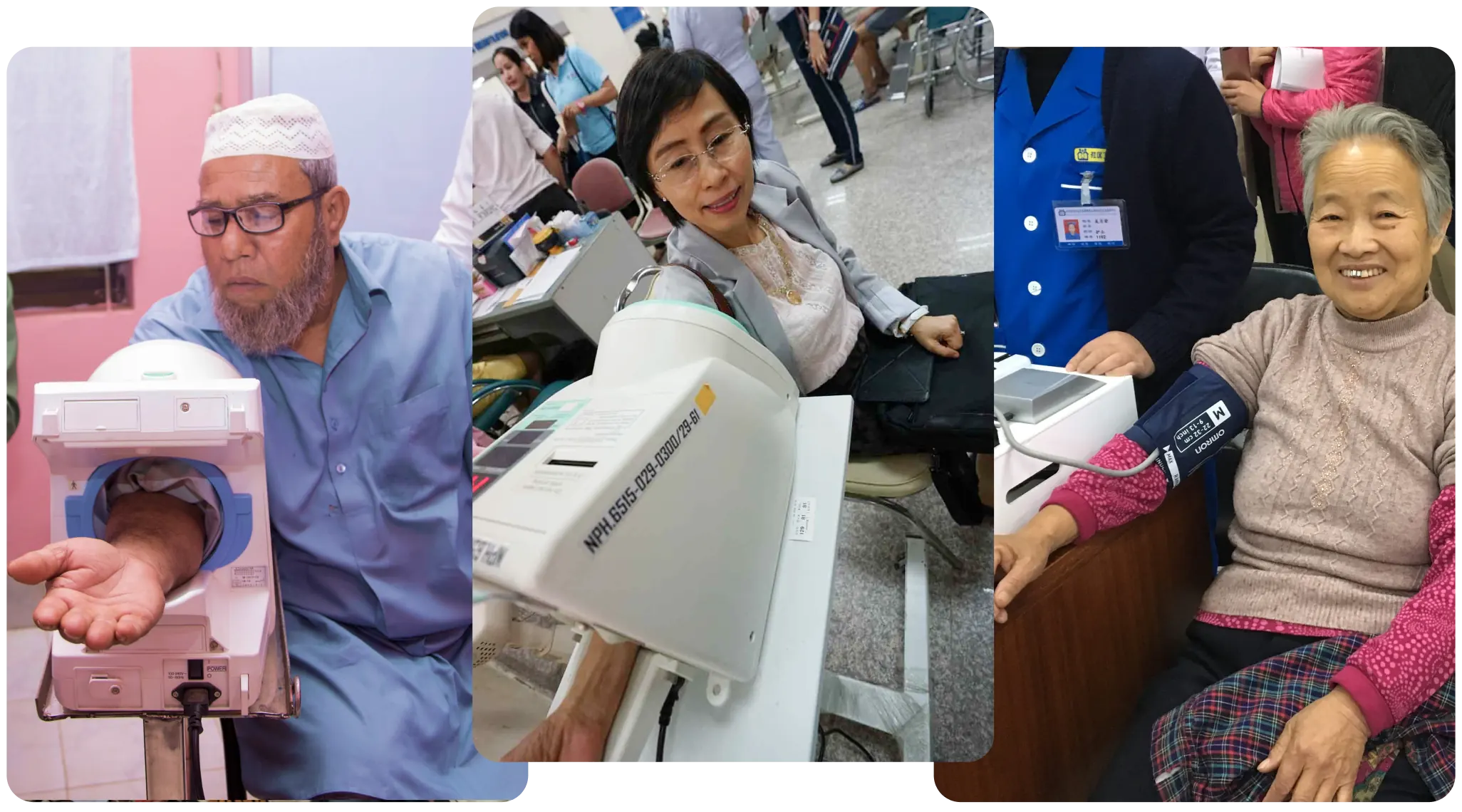
Blood pressure measurement in India, Thailand and China
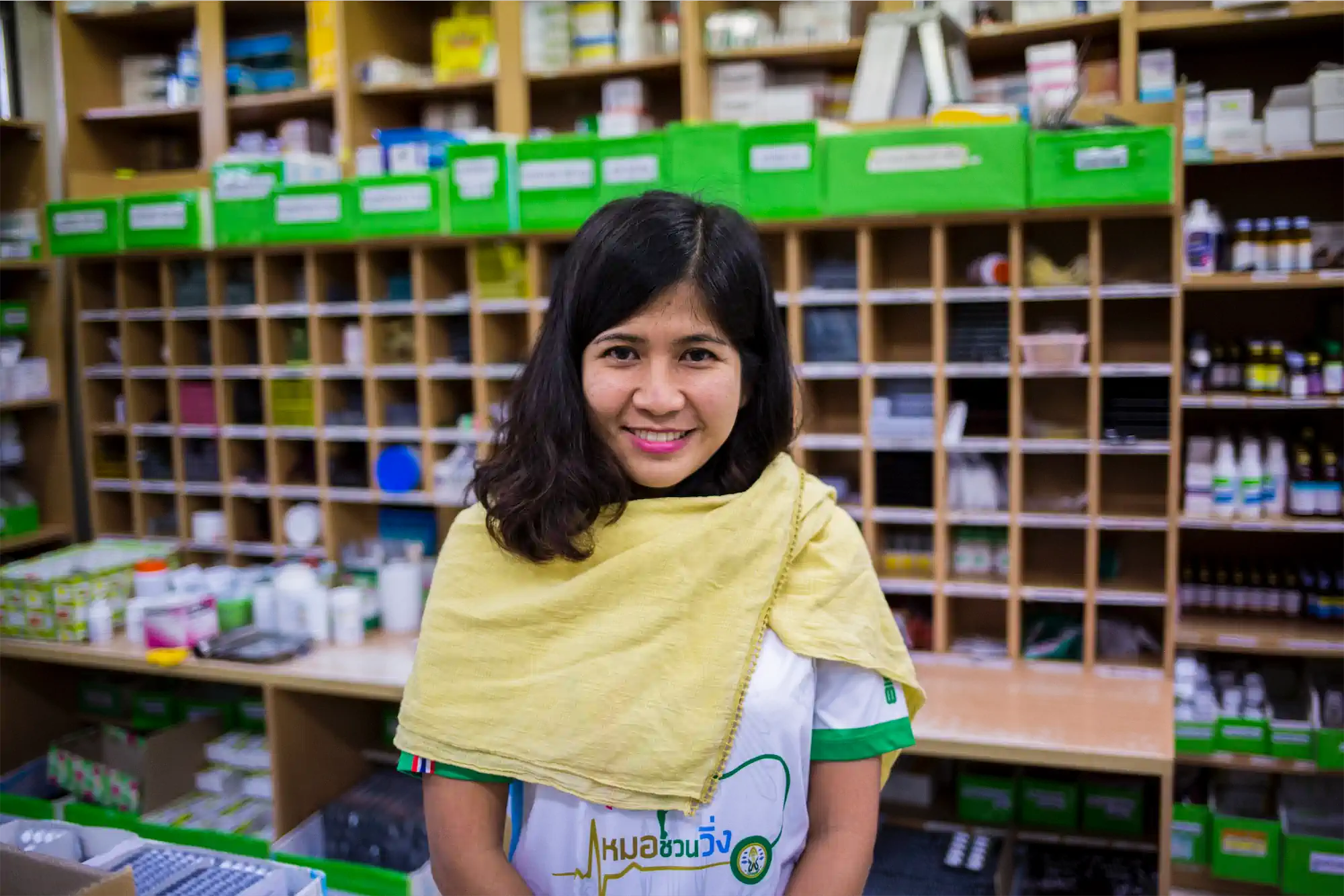
Pharmacist in Thailand
During the COVID-19 pandemic, we supported our partners as they adapted hypertension care delivery so patients could continue to receive the lifesaving medications and routine follow-ups to manage their blood pressure.
We supported the Nigeria HISP team for the Nigeria Federal Ministry of Health, the University of Oslo, WHO Nigeria, and the World Health Organization to develop a new hypertension control package for the District Health Information System 2 (DHIS2)—a free, open-source health management data platform.